Which Best Explains The Evolution Of Gymnosperm Plants?
Which best explains the evolution of gymnosperm plants?. I hope it helps you. They evolved after the seedless vascular plants is the one among the following choices given in the question that best explains the evolution of gymnosperm plants. They evolved after the seedless vascular plants.
Which best explains the evolution of gymnosperm plants. During the course of the evolution of the seed habit a number of morphological modifications were necessary. Do you know the better answer.
Related Questions in Biology. Evolution of Gymnosperms The fossil plant Elkinsia polymorpha a seed fern from the Devonian periodabout 400 million years agois considered the earliest seed plant known to date. Malva assurgentiflora a dicot is a shrub that is native to California and and is endemic limited to California.
The gymnosperms probably evolved from an extinct phylum of seedless vascular plants the progymnosperms that appeared about 380 million years ago. Which best explains the evolution of gymnosperm plants. Evolution of Plants 327.
This group of plants is so named because the seeds are not enclosed inside an ovary unlike in the flowering plants see Plant Evolution IV. The evolutionary history of gymnosperms traces back tens of millions of years and these plants reached their dominance when non-avian dinosaurs roamed the Earth. Seed ferns see the figure below produced their seeds along their branches without specialized structures.
D They evolved before the seedless nonvascular plants. Which best explains the evolution of gymnosperm plants. Gymnosperms Four phyla constitute the gymnosperms figure 3213.
The conifers Coniferophyta the cycads Cycadophyta the gnetophytes Gnetophyta and the ginkgo Ginkgophyta. The gymnosperms originated about 319 million years ago in the late Carboniferous.
Do you know the better answer.
The gymnosperms originated about 319 million years ago in the late Carboniferous. C They evolved after the seedless vascular plants. D They evolved before the seedless nonvascular plants. The conifers Coniferophyta the cycads Cycadophyta the gnetophytes Gnetophyta and the ginkgo Ginkgophyta. The evolution of plants has resulted in a wide range of complexity from the earliest algal mats through multicellular marine and freshwater green algae terrestrial bryophytes lycopods and ferns to the complex gymnosperms and angiosperms of today. This plant evolution lecture explains about the gymnosperm evolution. Related Questions in Biology. Which best explains the evolution of gymnosperm plants. B They evolved after the seeded flowering plants.
The gymnosperms probably evolved from an extinct phylum of seedless vascular plants the progymnosperms that appeared about 380 million years ago. Do you know the better answer. Malva assurgentiflora a dicot is a shrub that is native to California and and is endemic limited to California. Evolution of Gymnosperms The fossil plant Elkinsia polymorpha a seed fern from the Devonian periodabout 400 million years agois considered the earliest seed plant known to date. This plant evolution lecture explains about the gymnosperm evolution. C They evolved after the seedless vascular plants. Todays gymnosperms however are but a shadow of their former glory only 850 to 1000 species presently inhabit our planet.




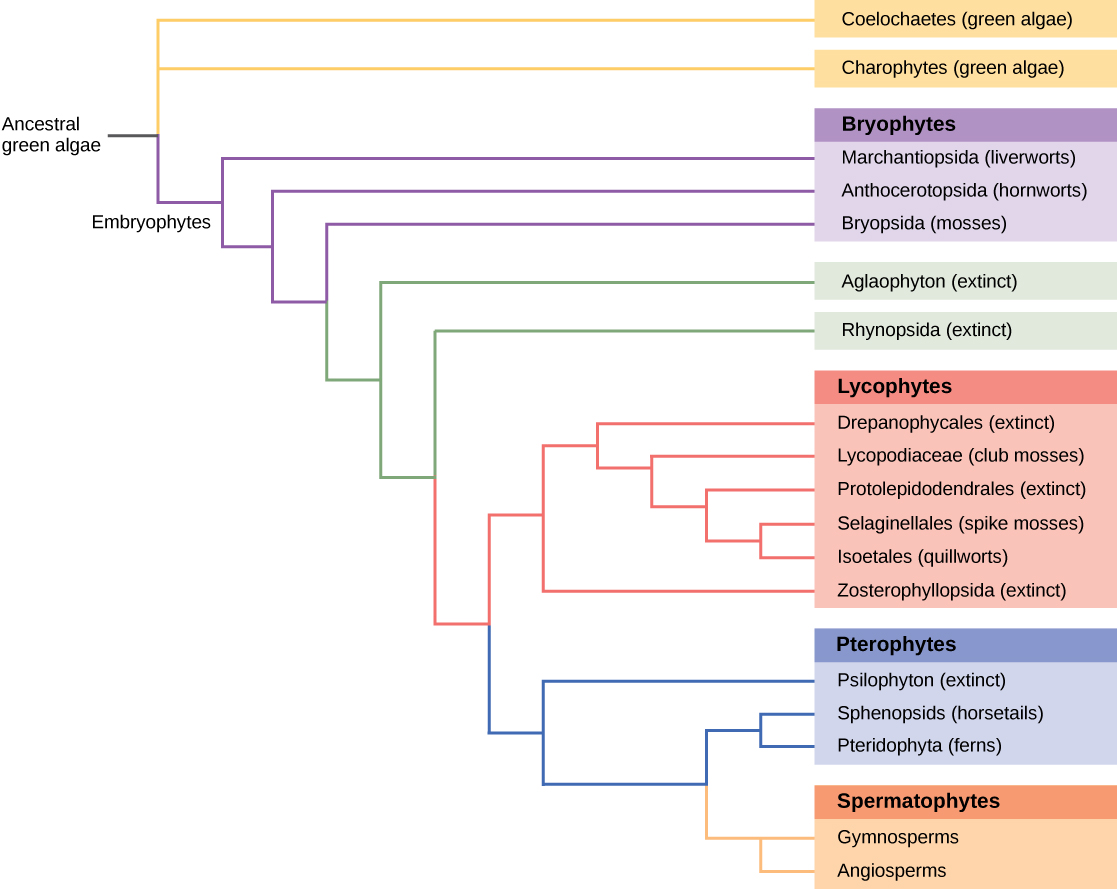







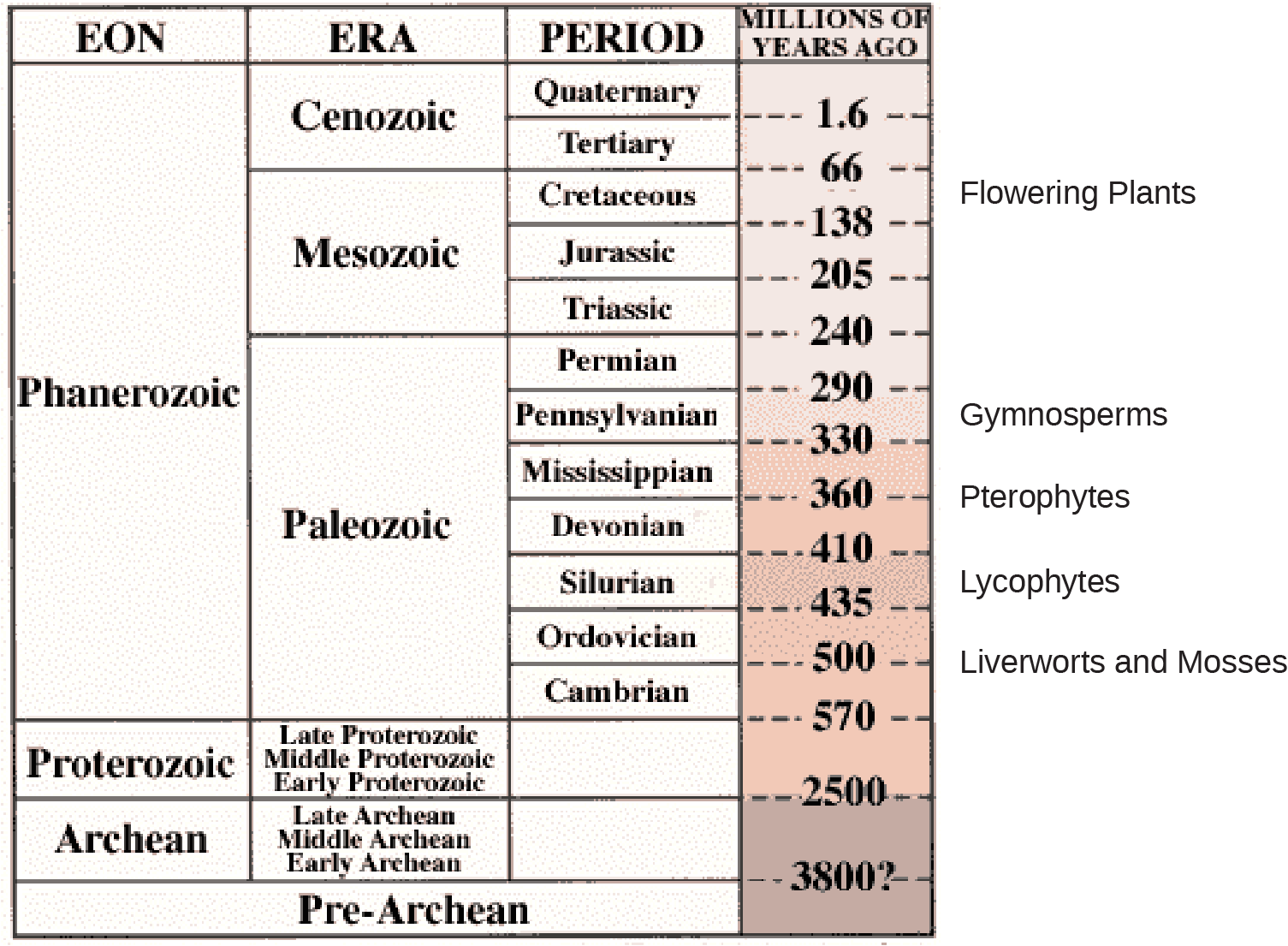




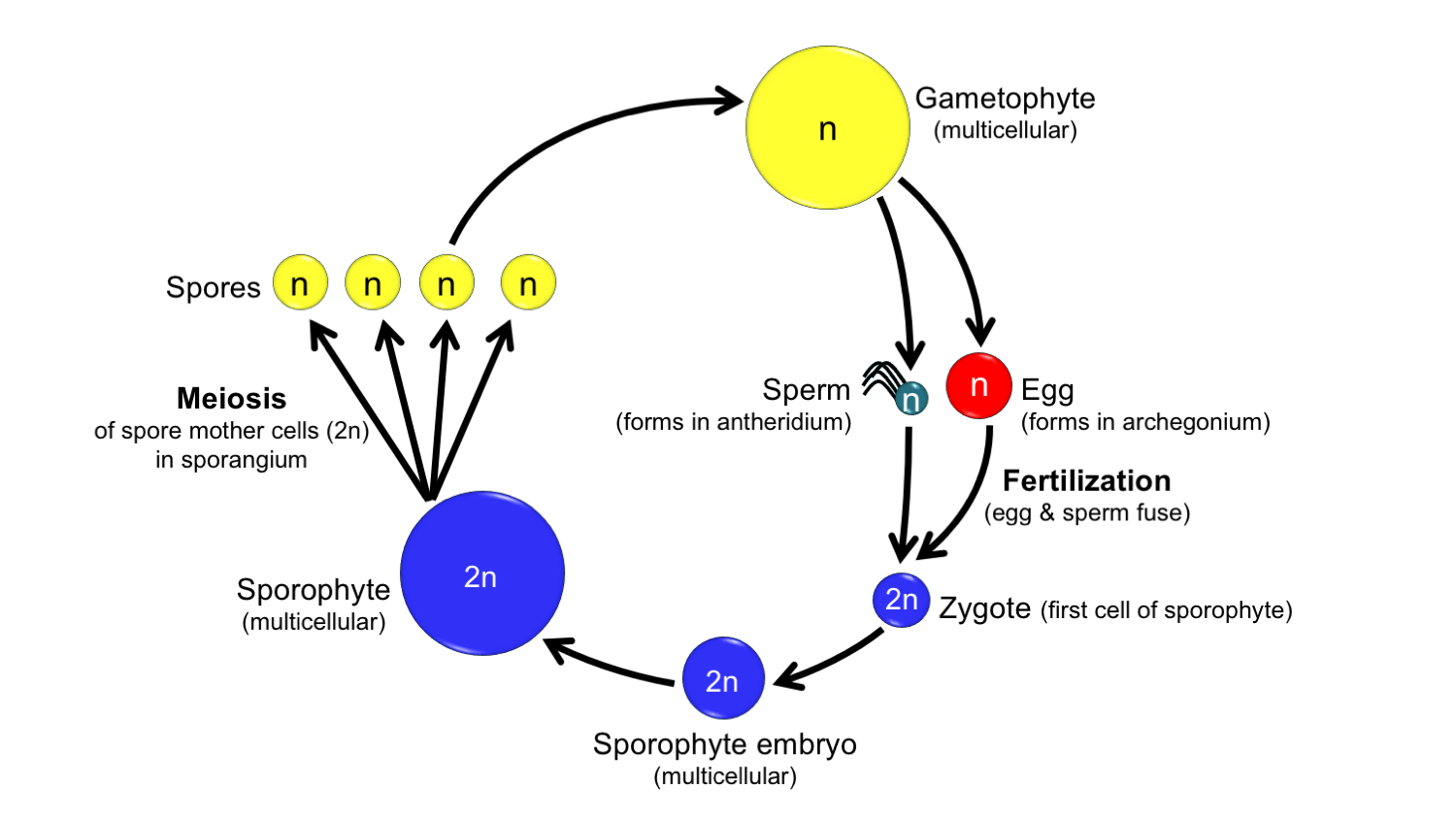


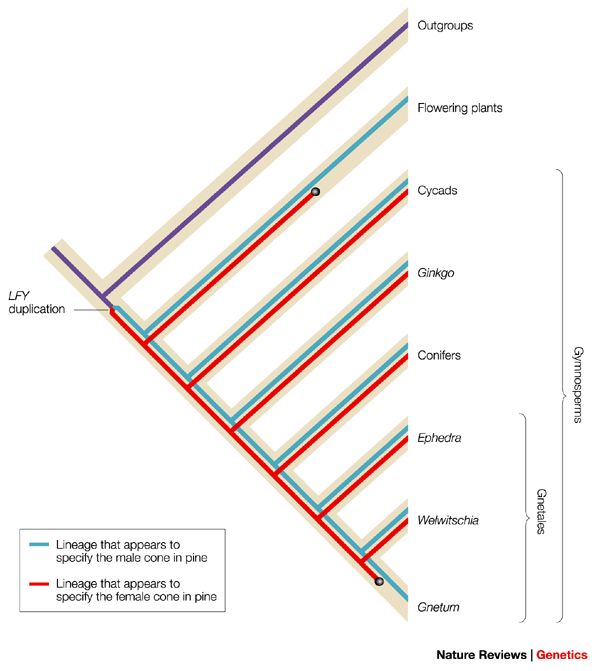

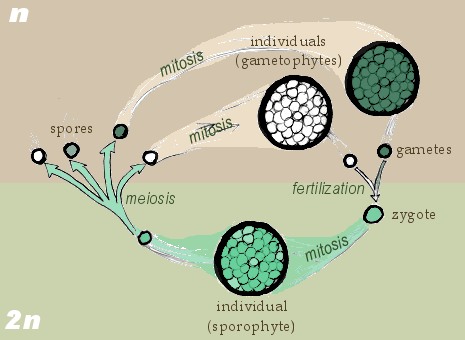



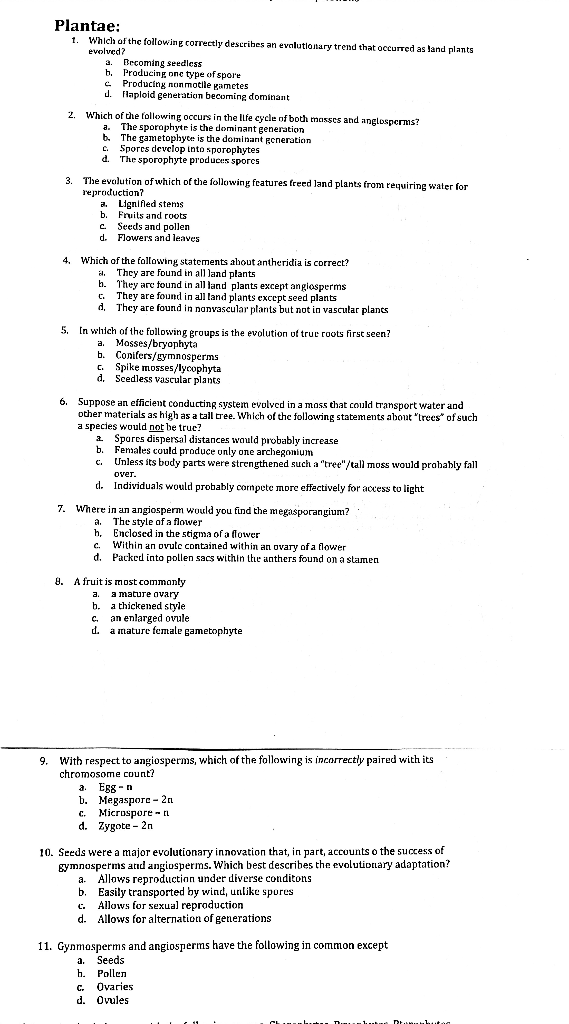


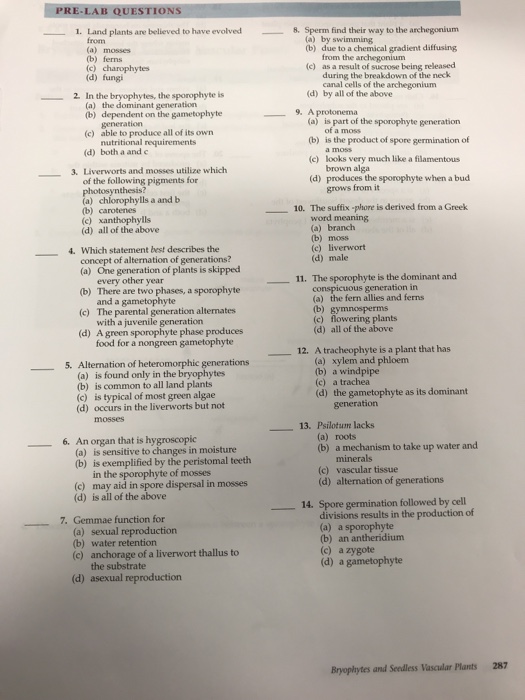






/cycad_cones-5ae333e9a9d4f9003736fc5e.jpg)



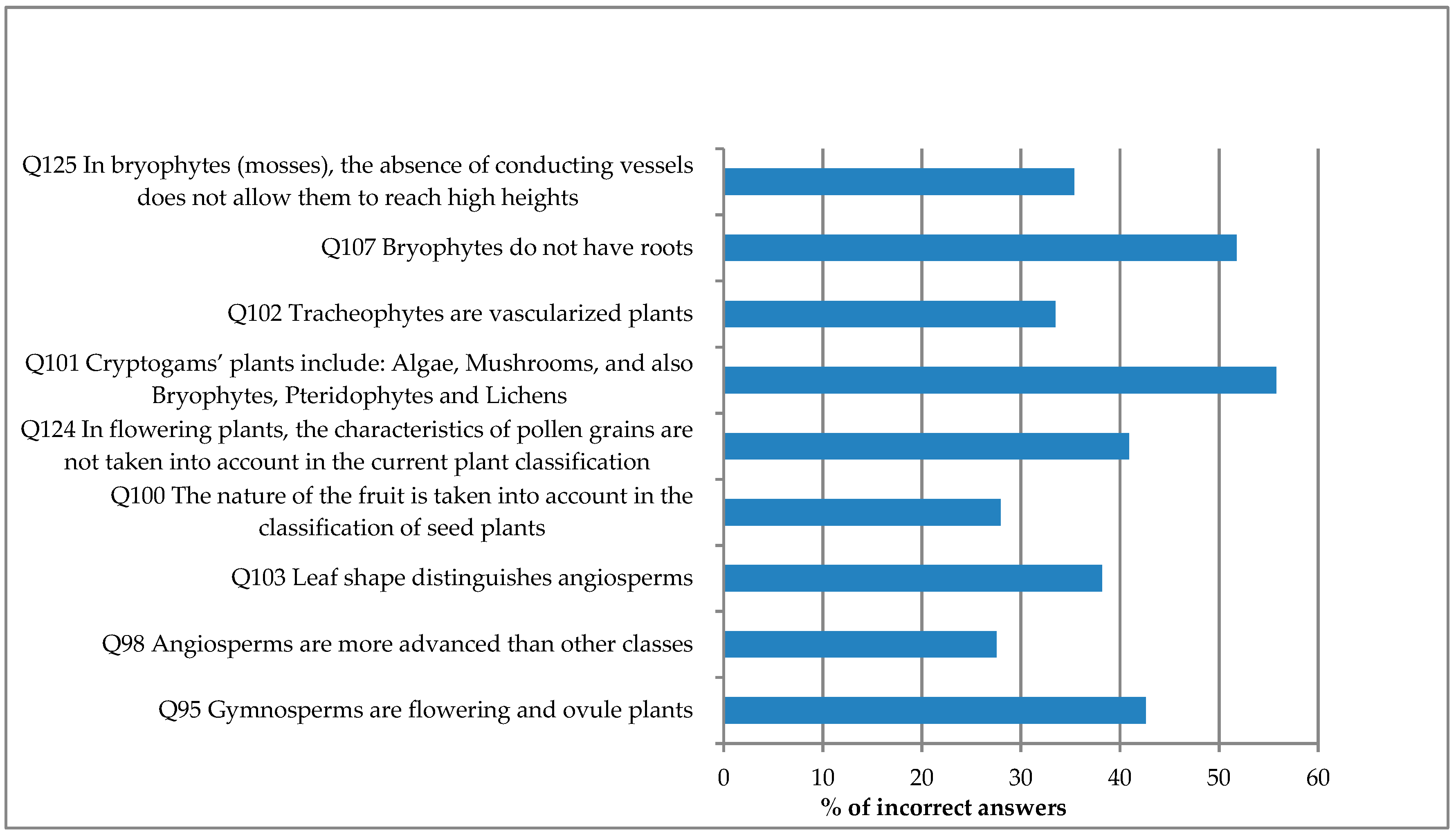

Post a Comment for "Which Best Explains The Evolution Of Gymnosperm Plants?"